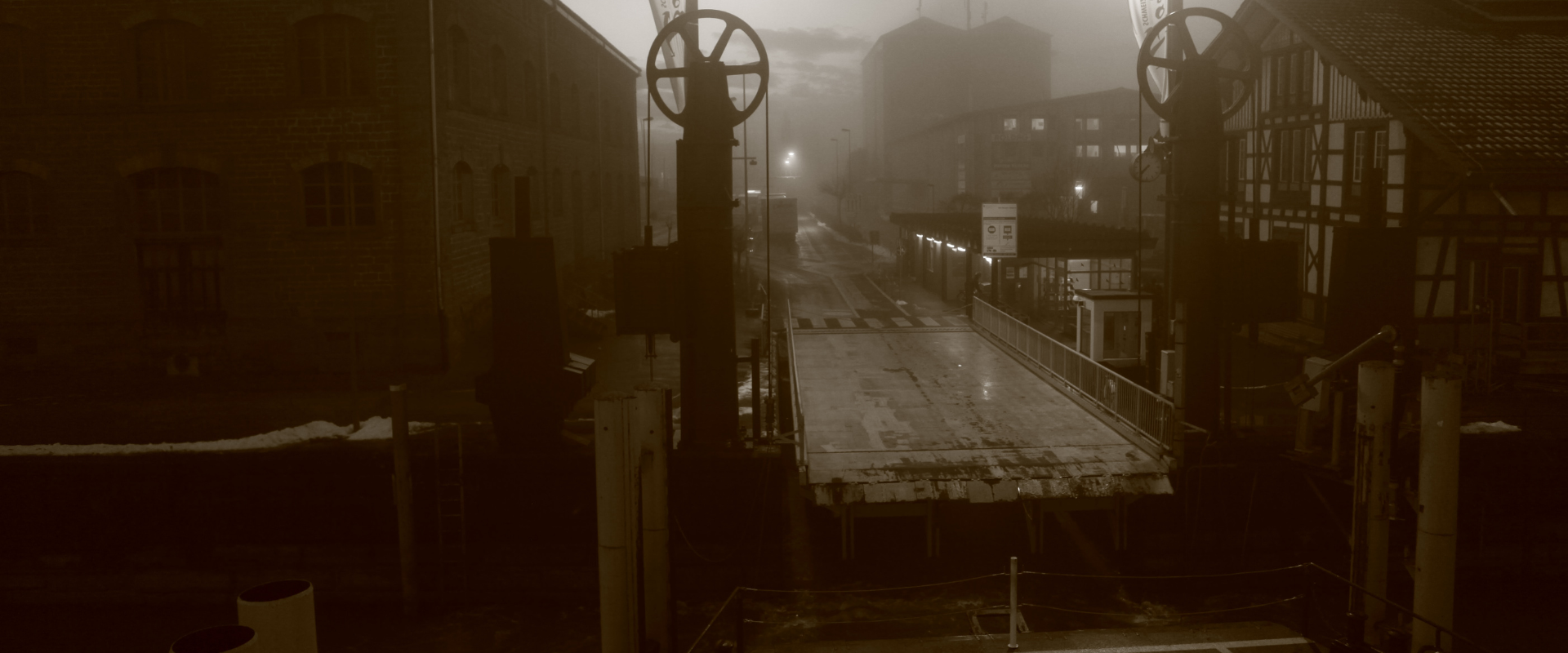
The Industrial Revolution's Impact on Isleworth
Exploring the the transformative impact of the Industrial Revolution on a tranquil Isleworth village during the 18th and 19th centuries.
Prior to this era, Isleworth remained a small if prestigious country township focused on agriculturally productive estates that serviced royal needs in London. But the Industrial Revolution brought disruptive change right to Isleworth's doorsteps!
The opening of the Paddington Arm of the Grand Junction Canal in the early 1800s established an industrial transport artery through Isleworth. This spawned industries like the Osram lamp factory that manufactured light bulbs and profoundly expanded local working-class employment.
Isleworth's proximity to the Thames also drove growth. New railway lines enabled freight and passenger access to Isleworth's wharves and stations. Manufacturing plants producing cellophane, paint and vinyl sprang up to leverage Isleworth's logistics connectivity.
Major hydrological infrastructure projects like the Duke of Northumberland's River diversion scheme drained local land for more intensive crop harvesting. Isleworth became a supplies hub feeding central London's explosive growth!
Urbanization saw surrounding hamlets coalesce into the metropolitan Isleworth. Quaint village high streets gave way to industrial warehouses and terrace homes housing newly arrived laborers. Yet the fundamental character and heritage of Isleworth endured.
From agricultural provider to industrial township, sweeping economic transformation powered Isleworth's progression during the indsutrial age! Beneath the surface though, the steadfast beating heart of a resilient community persisted through epochal change.
Collections
-

Claudia Marchese
About the Artist Claudia Marchese is an Italian painter and designer illustrator...



